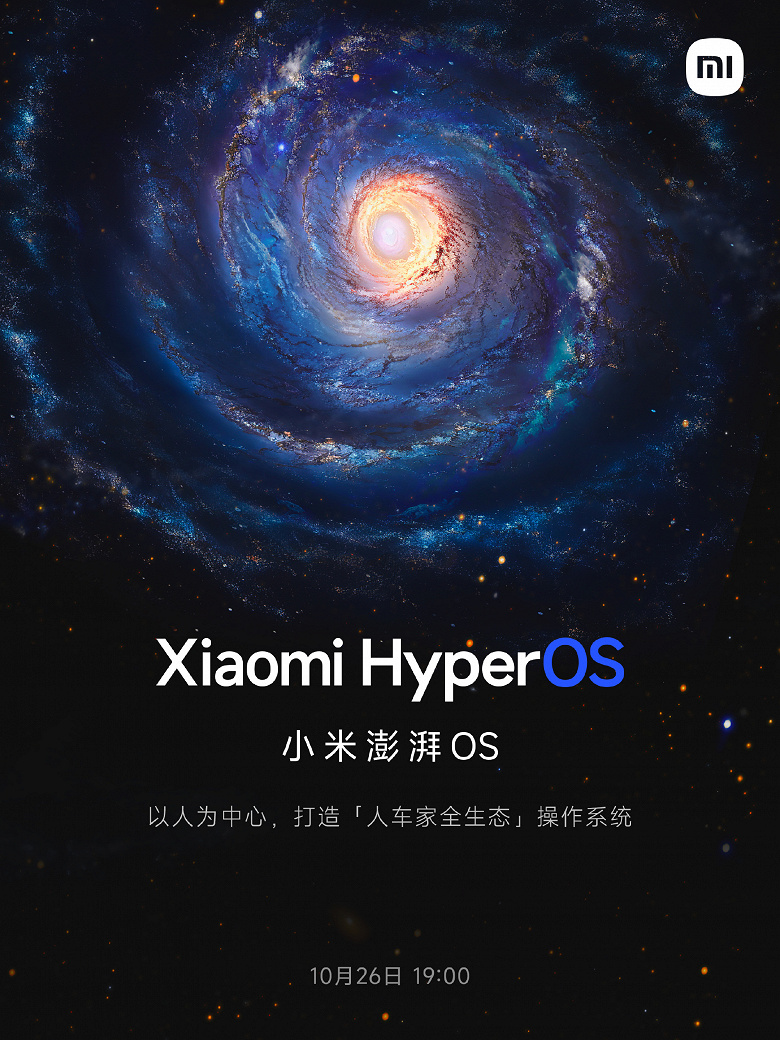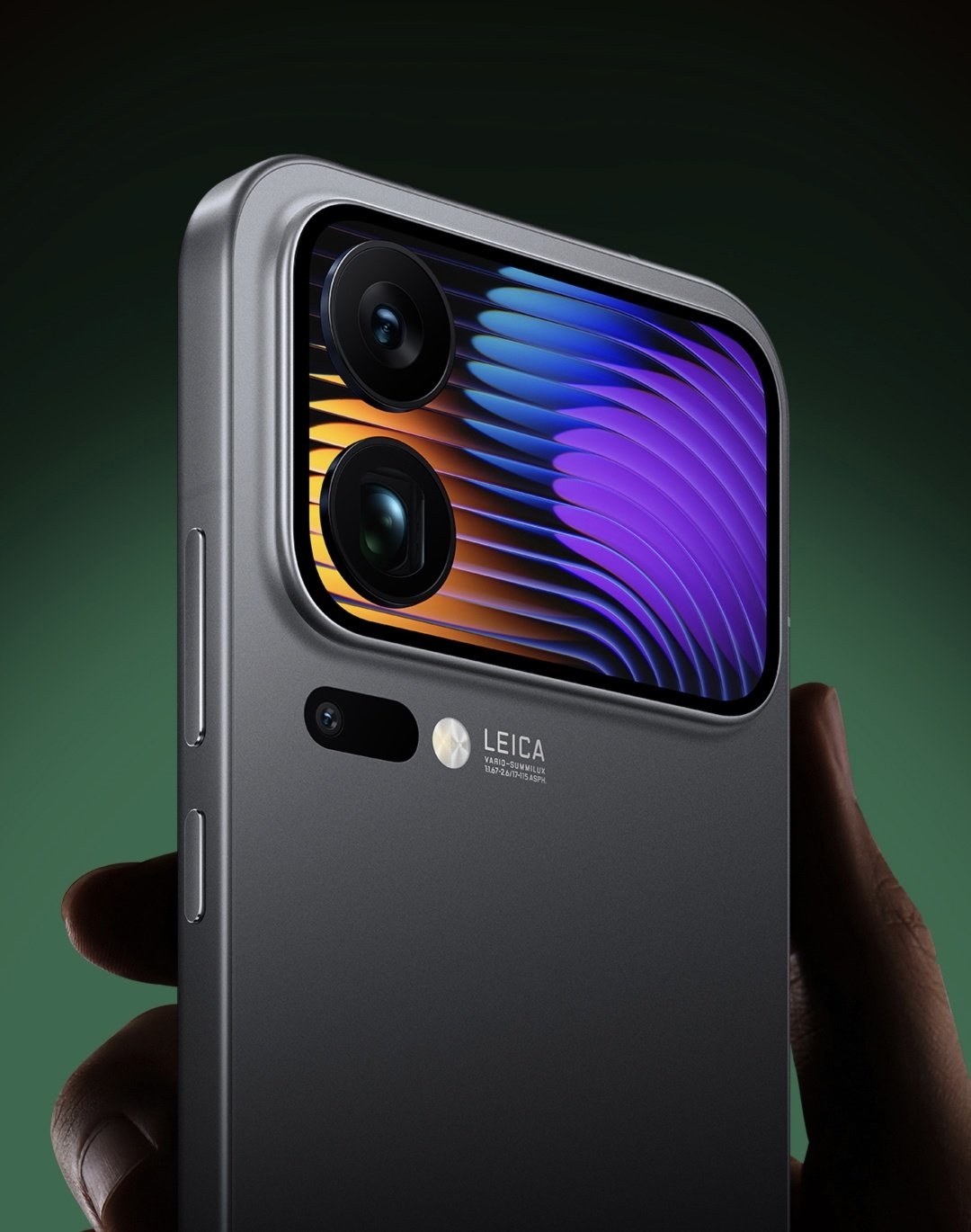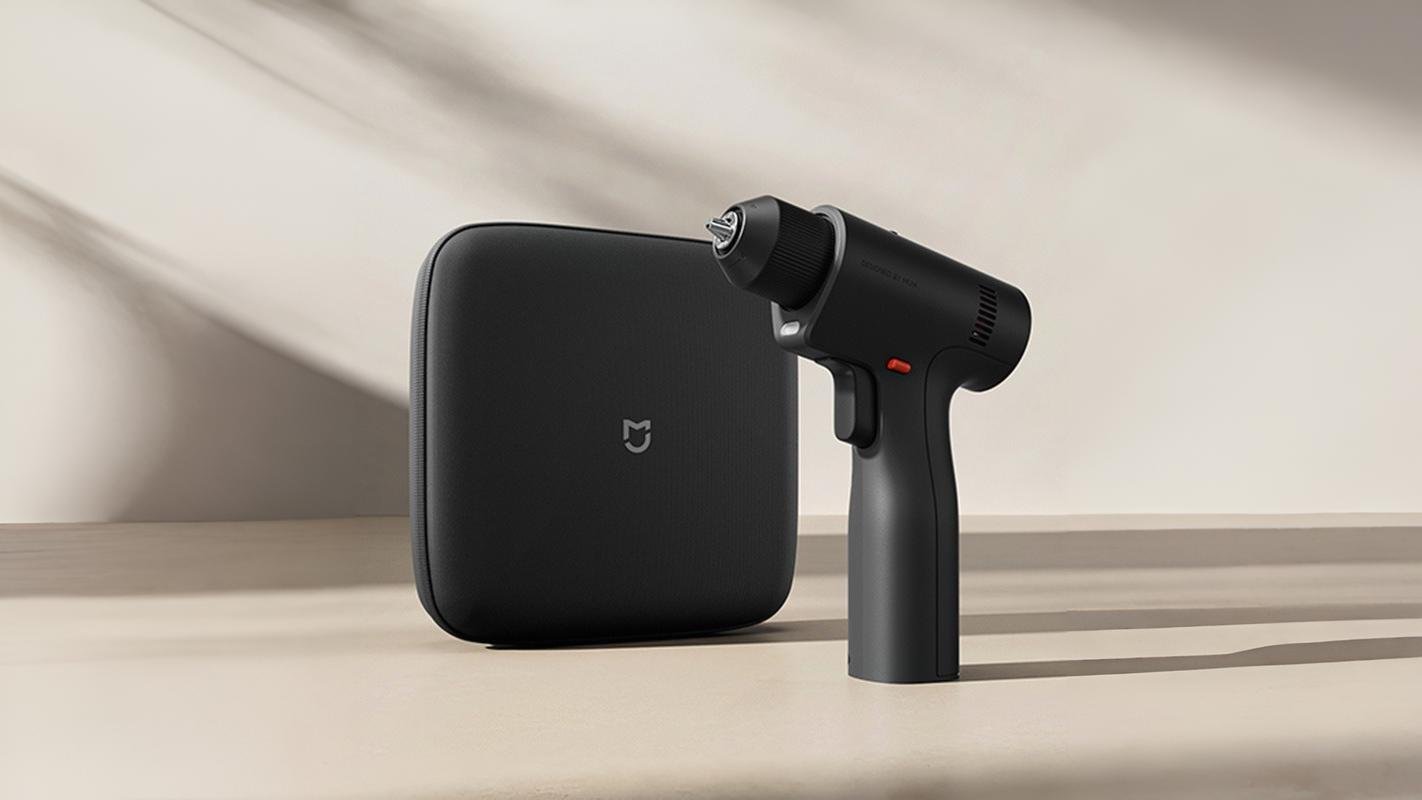How Xiaomi moved from MIUI to HyperOS
Xiaomi has officially announced that the launch conference for the new Xiaomi 14 smartphones and the Xiaomi HyperOS operating system will be held on October 26.
Xiaomi Founder, Chairman, and CEO Lei Jun also published an article entitled “Xiaomi Operating System Research Journey of 13 Years,” which explains how developers moved from MIUI to Xiaomi HyperOS. Lei Jun said: “We started developing MIUI when Xiaomi was founded.” He added that MIUI is not just based on Android, but also brought its improvements to the first: “In 2013, we launched a process-centric wake mechanism, which was six months ahead of Android, and run-time permission management launched to protect user privacy.” ahead of Android by almost three years.”

Xiaomi HyperOS is based on Android and its own Vela system
To solve the problem of fragmentation and disconnections in device system connections in IoT networks, Xiaomi released a connectivity protocol for IoT devices in 2014. In 2017, Xiaomi’s own Vela OS was officially released. Vela OS is scalable and customizable, supporting a variety of device types. It has begun to gradually unify the ecosystem of IoT devices. Currently, the installed base has reached over 20 million units.
In 2016, Xiaomi began developing a cross-terminal application platform. In 2019, Xiaomi began to simultaneously develop Mina OS, its general-purpose system, and also tested it in small-scale production on some products. It was successfully launched on smartphones in the laboratory, and some technical results were integrated into the Xiaomi HyperOS OS.
In 2021, Xiaomi began research and development of car OS. At the beginning of 2022, the company decided to unify the software architecture of the four systems MIUI, Vela, Mina, and the car OS.
Thanks to a research and development team of more than 5,000 people, Xiaomi HyperOS was born after two years of fine-tuning.
Xiaomi HyperOS is based on a heavily modified Android and its own Vela system. It is designed for tens of billions of devices in the future.




